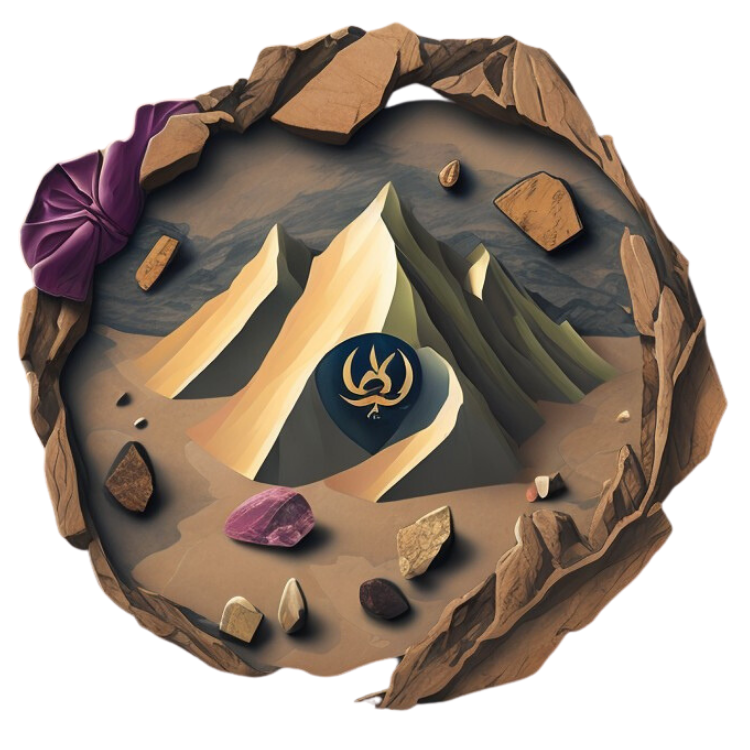Halite: The Mineral Form of Salt
Introduction to Halite
Halite, commonly known as rock salt, is the mineral form of sodium chloride (NaCl). It is one of the most well-known and widely used minerals, primarily for its role in food seasoning and preservation. Halite forms in evaporite deposits, where it crystallizes from saline water, making it a common mineral in sedimentary environments.
For rockhounds, halite is a fascinating mineral to collect due to its cubic crystal habit and varying colors, ranging from clear to shades of pink, blue, and even green, depending on impurities.
How Halite Forms
Halite forms in evaporite deposits, where it crystallizes from saline waters in enclosed basins, such as salt lakes, inland seas, and coastal lagoons. As the water evaporates, sodium and chloride ions combine to form halite crystals, which can grow to impressive sizes in certain conditions.

Halite is often associated with other evaporite minerals, such as gypsum and anhydrite, and can form massive beds that are mined for industrial use. In arid regions, halite can accumulate as large deposits, creating salt flats and salt domes.
Halite's Structure and Properties
Halite (NaCl) has a cubic crystal structure, which gives it its characteristic shape and perfect cleavage in three directions. It is relatively soft, with a hardness of 2.5 on the Mohs scale, making it easy to scratch and break. Halite crystals are typically colorless or white, but they can also appear in shades of pink, blue, green, or yellow due to impurities.

Halite is soluble in water, which allows it to be easily dissolved and used in various applications. It is also hygroscopic, meaning it can absorb moisture from the air, which can cause it to clump or dissolve in humid environments.
Uses of Halite
Halite is most commonly used as table salt for seasoning and preserving food. It is also used in the production of chemicals, such as chlorine and sodium hydroxide, and as a de-icing agent for roads and sidewalks. In agriculture, halite is used as a mineral supplement for livestock and as a soil conditioner to improve soil structure.

In addition to its industrial uses, halite is prized as an ornamental stone, particularly in the form of clear or colored crystals, which are often used in decorative objects and jewelry. Halite is also used in water softening systems, where it helps to remove calcium and magnesium ions from hard water.
Halite in History
Halite has been used by humans for thousands of years, primarily for food preservation and seasoning. The ancient Egyptians used halite in the mummification process, and it was also used as a valuable trade commodity in ancient Greece and Rome. The importance of salt in human history is reflected in the word "salary," which is derived from the Latin word "salarium," meaning payment in salt.

Throughout history, halite has been mined from salt mines and evaporite deposits, where it has played a crucial role in the development of civilizations. Today, halite continues to be a vital mineral in various industries, making it one of the most widely used minerals in the world.
Prospecting for Halite
Prospecting for halite involves searching for it in evaporite deposits, such as salt flats, salt lakes, and coastal lagoons. Halite is often found in association with other evaporite minerals, such as gypsum and anhydrite, making these regions promising for exploration.

When prospecting for halite, it is important to use proper tools, such as rock hammers and chisels, to extract specimens without damaging them. Halite is relatively common and can be found in many locations worldwide. To find rocks, crystals, gemstones, and minerals in your local area, be sure to check out our State Rockhounding Maps. These maps provide valuable information on the best locations for rockhounding in your area.
